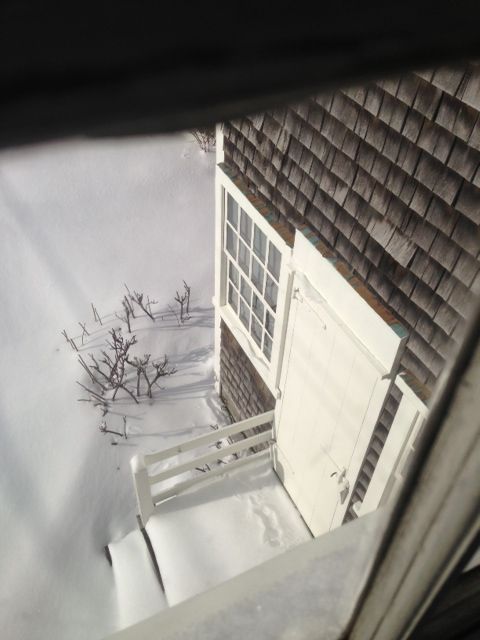Keep Calm and Bird On: July 2022
“If you don’t look, you don’t see. You have to go and look.”
-Edith Andrews
With the summer solstice behind us, our thoughts turn to shorebirds. Sanderlings, nesting in the Arctic, start to move south as days get shorter in their high-latitude breeding ground. They are the ones that run up and down as waves advance and recede. And our own Beach-nesting birds are a continued interest: Piping Plovers, American Oystercatchers, Least and Common Terns.
But with the Highly Contagious Avian Flu (HCAI) in the news, how safe is it to go out looking for shorebirds? The answer is, still quite safe, with common-sense precautions. Don’t attempt to “rescue” a bird acting strangely. It may only be a distraction display, to draw the predator (you) away.
Also, if you find a dead bird washed up on the beach, don’t handle it. Keep dogs away, too. Dogs should be leashed at the beach anyway, as neither they nor birds are great at reading signs. HCAI is not known in dogs, but has affected foxes in some states.
On Nantucket, some Great Shearwaters washed up on our beaches after a storm in June. Large numbers are being seen alive offshore. Primarily pelagic birds, they follow fishing boats, and sometimes get blown inshore in foggy conditions, but are not often seen from land. Samples from dead ones were collected for testing, but results are not yet back; Shearwaters are considered to have low risk of flu. Many of the dead ones were immature birds, so there may be other causes: starvation is a possibility. Young birds of many species have a high mortality rate, usually balanced by high fecundity. So, continue to enjoy beach birding, cautiously.
Recent Posts





